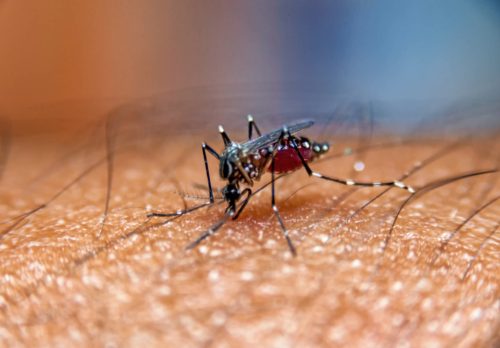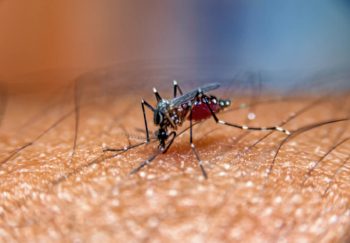
Colorado State University in Fort Collins, where he was a professor emeritus of atmospheric science, announced his death. No cause was released.
Dr. Gray, a full-time Colorado State professor from 1961 to 2005, built his reputation as the creator in the early 1980s of modern seasonal forecasts for Atlantic storms. These forecasts have been avidly covered by media outlets to warn residents and have also proved useful to insurance companies, storm-window manufacturers and other groups with major stakes in hurricane prognostication.
“Anyone who could say anything about the coming season, that was big stuff,” Dr. Gray told the Los Angeles Times. Shunning computer and mathematical models that have become the standard, he put his faith in observational science: historical storm data, old maps featuring storm patterns and statistics on wind speed, water temperatures and other meteorological factors.
“If you combine all these things,” he told the Times, “there’s some memory that the atmosphere has of what’s going to come in the future.”
The outlooks are now ubiquitous, with commercial forecasters and the National Oceanic and Atmospheric Administration issuing seasonal predictions for Atlantic tropical storm and hurricane development. Colorado State still does its own, now under Phil Klotzbach, a Gray protege. Many of the techniques and methods Dr. Gray developed and refined are still in use.
“Bill is one of the heroes in this business,” Roger Pulwarty, a research scientist with the NOAA in Boulder, Colo., told the Denver Post in 2004. “His work has been fundamental to our understanding of why the number of hurricanes in the Atlantic varies from year to year. It’s extremely important for countries in the Caribbean, because it gives them a sense of what to expect.”


















